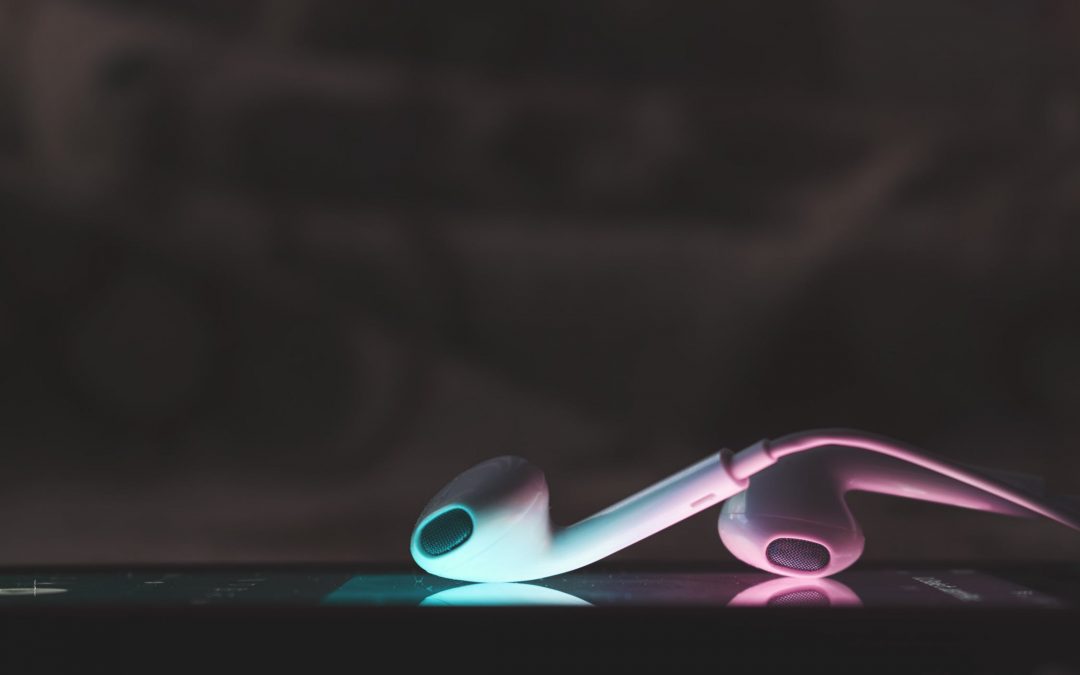Electronic music has come a long way since it was first used in various songs throughout the 1960s and 70s. Instruments like Moog synthesizers and keyboards began to grow in popularity during the mid 20th century, shaping modern electronic music, and paving the way for genres like dubstep, EDM, house, and many more.
One may think that disco in the 70s was the first instance in which electronic sounds and instruments were incorporated. However, bands like Pink Floyd and even The Beatles used experimental tones throughout much of their music. The theremin, perhaps one of the strangest electronic instruments ever created, also began to gain traction within the film industry, though it was much less popular in the music world.
Electronic music went mainstream in the 1970s when disco and synthpop began to garner the attention of fans all over the world. A prime example of this was through the band Kraftwerk, a German electronic band that combined the sounds of classic rock with those of the Moog synthesizer and vocoder, creating a sound that few had heard before. This spawned a movement of similar bands and artists, including Giorgio Moroder, who is famously known for working with the likes of Donna Summer and David Bowie.
While it was certainly growing in popularity, many electronic songs still possessed the structure of traditional rock and roll tracks up until the 1980s. This is when newer genres began to surface, like synthpop and dance music, which utilized newer technology such as MIDI. The sounds of these styles carried well into the 21st century and shaped nearly every electronic music genre that exists today.
1980s bands like A-ha, Depeche Mode, and Devo were some of the first to combine rock with electronic music, specifically through the use of MIDI. Aside from synthesizers and keyboards, the use of MIDI inspired other artists to vary their styles. Electronic drums were used for genres like dark wave and more gothic dance styles, for example, which carried over well into the 1990s.
The 90s were when distinct variations of electronic music began to emerge, including techno, drum and bass, experimental, and ambient electronic. All this began to go mainstream throughout Europe, predominantly in Germany and the UK. The tools used for these newer genres also allowed virtually anyone to make their own music. Computers and specific software designed to easily write and record endless styles became more commercially available at this time.
Today, electronic dance music (or EDM) is one of the most popular genres around the world. Artists like Tiesto and David Guetta have become staples within the field, even collaborating with some of the most popular musicians in several other genres of music. Dubstep was soon to follow, with artists like Skrillex leading the way in this movement. Since then, artists in nearly every genre have incorporated some aspect of either EDM or dubstep in their songs.
As electronic music continues to grow and develop, it will undoubtedly shape the way music is created in future decades. With the internet giving every one of its users access to music more than they have ever had before, it would be surprising not to see even newer genres begin to surface in the coming years.

